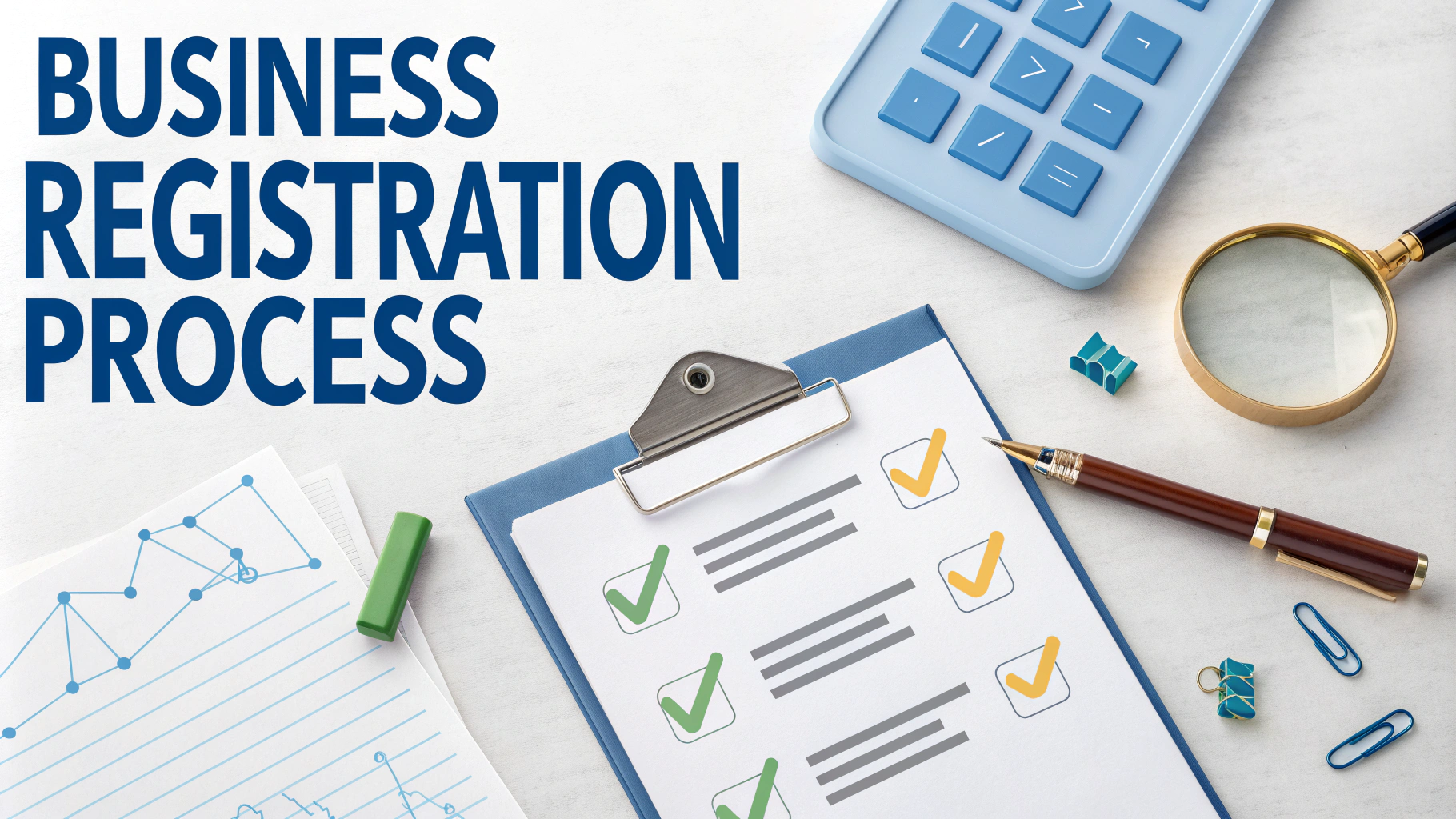Every year, thousands of businesses seek financial resources to fuel growth, but only 40% successfully secure the funding they need. Navigating the business loan application process requires strategic preparation, deep financial understanding, and meticulous documentation.
Understanding Business Loan Fundamentals
Business loans represent critical financial tools that help companies expand operations, purchase equipment, manage cash flow, or invest in new opportunities. Different loan types serve unique business needs, from traditional bank loans to SBA-backed financing.
Key considerations include understanding your precise funding requirements, assessing your company’s financial health, and identifying the most appropriate loan product. Lenders evaluate multiple factors before approving financing, making preparation essential.
Types of Business Loans
- Term Loans: Fixed amount repaid over predetermined period
- Line of Credit: Flexible borrowing with revolving credit limit
- Equipment Financing: Specific loans for purchasing business machinery
- SBA Loans: Government-backed loans with favorable terms
Preparing Your Loan Application Documentation
Successful loan applications demand comprehensive, organized financial documentation. Lenders require detailed insights into your business’s financial performance, stability, and future potential.
Essential Documentation Checklist
| Document Type | Purpose |
|---|---|
| Business Tax Returns | Demonstrate financial history and tax compliance |
| Personal Credit Report | Evaluate individual financial responsibility |
| Detailed Business Plan | Outline growth strategy and loan utilization |
Assessing Your Business’s Loan Readiness
Loan readiness involves more than just financial statements. Lenders evaluate your business’s overall health, market positioning, and potential for sustainable growth.
Critical factors include credit score, revenue consistency, debt-to-income ratio, and industry performance. Understanding these metrics helps predict your likelihood of loan approval.
Selecting the Right Lending Partner
Not all lenders serve identical business needs. Some specialize in specific industries, loan sizes, or business stages. Research and comparison are crucial for finding the most suitable financing partner.
Consider factors like interest rates, repayment terms, application complexity, and additional support services when evaluating potential lenders.
Navigating Loan Application Challenges
Common Obstacles in Business Loan Approval
- Insufficient credit history
- Inconsistent revenue streams
- High existing debt levels
- Limited collateral
Managing Loan Repayment Strategies
Successful loan management requires proactive financial planning and disciplined budgeting. Implement robust tracking systems to ensure timely payments and maintain strong lender relationships.
Repayment Best Practices
- Automate monthly payments
- Create financial reserves
- Maintain transparent communication with lender
- Monitor cash flow projections
Legal and Compliance Considerations
Understanding legal implications and regulatory requirements is crucial when securing business financing. Consult legal and financial professionals to ensure full compliance with lending regulations.
Future Financial Planning
Strategic loan utilization extends beyond immediate funding needs. View business loans as long-term investment tools that can catalyze sustainable growth and operational expansion.
Long-Term Financial Objectives
- Build strong credit profile
- Diversify funding sources
- Reinvest loan proceeds strategically
Conclusion
Successful business loan acquisition requires comprehensive preparation, strategic planning, and a holistic understanding of financial ecosystems. By approaching the process methodically and maintaining financial discipline, businesses can unlock critical resources for sustainable growth and innovation.










